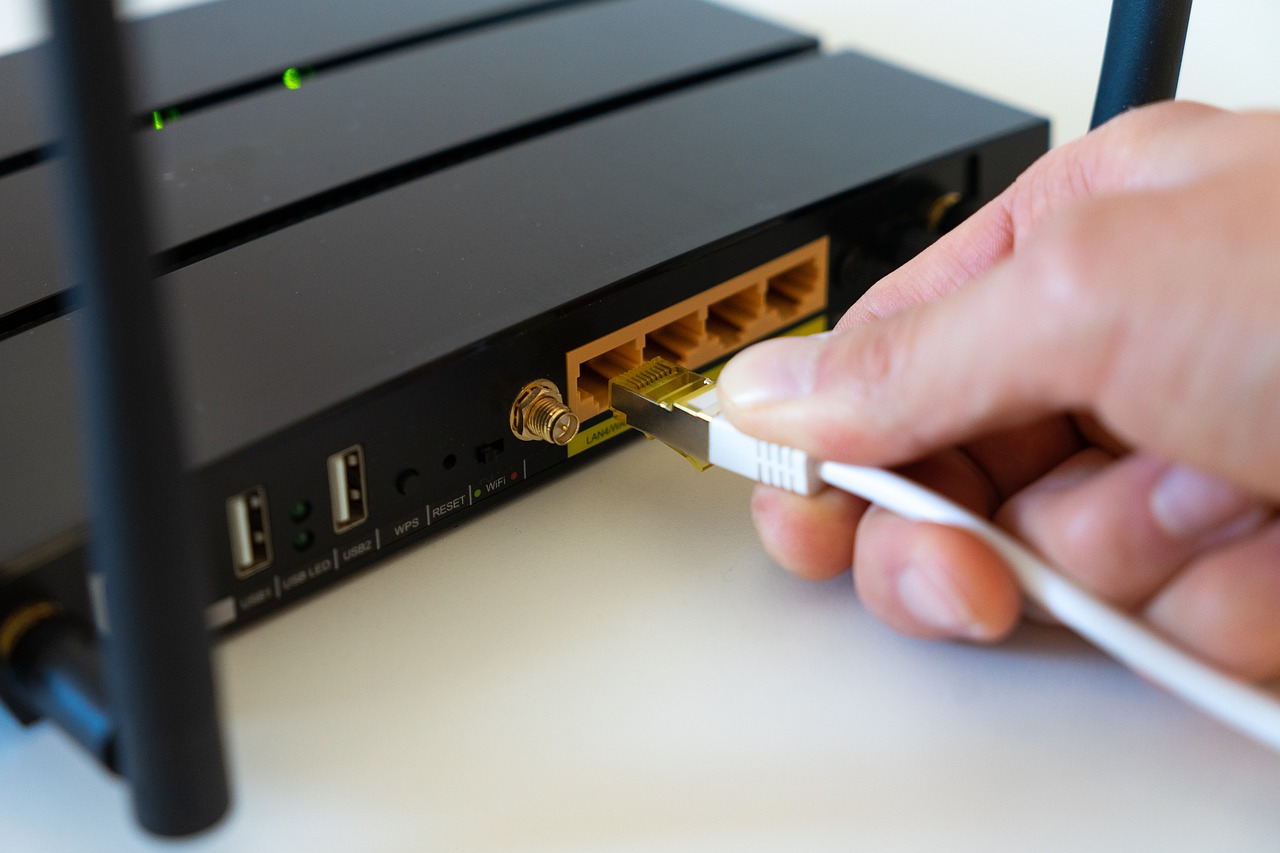This is a consultant’s dream! However, it can become a nightmare for you and your company if you design the network improperly.
Let’s look at some big network design issues to consider when designing a new LAN for your customers.
Plan the network’s complexity to be in line with the customer’s IT expertise
Switches and routers come with hundreds of features and functions. However, engineering too many bells and whistles into the network can create support problems in the future, if the customer’s IT staff does not have some basic understanding of the features and functions you implement. Recognize the business’s needs without making the network overly complex.
To PoE, or not to PoE?
More and more customers are deploying wireless LAN technology and IP telephony. Wireless LAN access points are easiest to install when Power over Ethernet (PoE) is available. IP telephony utilizes phones that connect to and draw power from the LAN. The days of the traditional PBX system are numbered; every vendor out there is moving towards IP PBX systems and handsets. Many customers will tell you “We are not using wireless, ” or “We will never move to IP telephony.” They may not now (at least as far as their manager knows), but if you do a good job on this project, your customer will keep their equipment for at least three to five years. You’ll do a great service to your customer if you can convince them to purchase PoE switches now. Then, when the CIO decides to move to WLAN or IP telephony in 18 months, the non-PoE switches won’t have to be replaced.
10 Gigabit Ethernet? 100 Gigabit? Do I need that?
Just because 10 Gigabit Ethernet is here today and higher speeds are coming does not mean that you need those ports all over the LAN. All too often customers purchase the fastest equipment possible thinking they need it, even though their existing 100 Mbps network is only running at 5% capacity. While it is definitely prudent to ensure that core switches can support these higher speeds, you may be advising the customer to waste a lot of money if you tell them that 10 Gigabit switches are needed everywhere.
Redundancy
Network uptime becomes more critical every year. Spend time planning a design that provides network redundancy from a physical and logical perspective. For example, utilize dual fiber-optic uplinks from the wiring closets to the core switches. Ensure that chassis-based core switches have dual CPU cards. Be sure to think about items like default gateway redundancy. You can design the most redundant physical network in the world, but if it’s not properly configured to provide Layer 3 IP Default Gateway redundancy and a failure occurs, your customer’s network will grind to a screeching halt and you can be sure they will call you to ask why.
Standards and maintenance
When designing a corporate network, try to standardize on a few different types of devices, as opposed to using a different type of switch in every wiring closet, even if all your equipment is from the same manufacturer. Standardizing on a few different types of hardware simplifies configuration and troubleshooting. It also allows the customer to keep cold spares of each device with next-business-day maintenance, allowing for more rapid and cost-effective responses to device failures.
Network management tools
While these always seem to be left off purchase orders, network management tools are invaluable in providing maximum network uptime. Software that periodically backs up all device configurations to a share on the network is simple but extremely useful. Also, think about the following scenario: Two switches provide IP Default Gateway redundancy on your customer’s network. One of them fails, but you don’t realize it because the network is redundant. When the other one fails, the customer experiences a total network outage. This can be easily avoided by using a simple tool to ping all network devices and report on their status.
There are many more items to think about when designing a local area network for your customer. These are some of the big ones that will hopefully get you pointed in the right direction and, more importantly, provide you with a happy (and returning) customer.
About the author:
Thomas Scire is the Infrastructure Practice Manager at Accudata Systems Inc. (ASI) located in Houston. In this role Thomas is responsible for managing the work efforts of all of the infrastructure engineers at ASI, working with ASI account executives to design technical solutions for customers, managing vendor relationships, and providing technical strategy for ASI and its customers. He has several specialized certifications including Cisco IP Telephony, Cisco Certified Network Professional (CCNP), Cisco Certified Design Professional (CCDP), Check Point Software Technologies (FW-1/VPN-1) and Nokia.
About Accudata Systems Inc.:
Accudata Systems is an IT consulting and integration firm with more than two decades of experience providing high-impact IT services and integrated solutions. With focused competencies in enterprise platforms, security, infrastructure, and assessment and compliance, Accudata Systems provides a full array of services ranging from technology assessments to project deployment and support. As trusted advisors to our clients, we assist them in creating and supporting a computing environment that maximizes their investment in information technology. Accudata Systems is headquartered in Houston with offices in Dallas, Austin and San Antonio.




